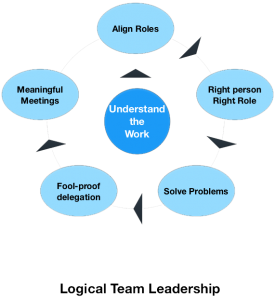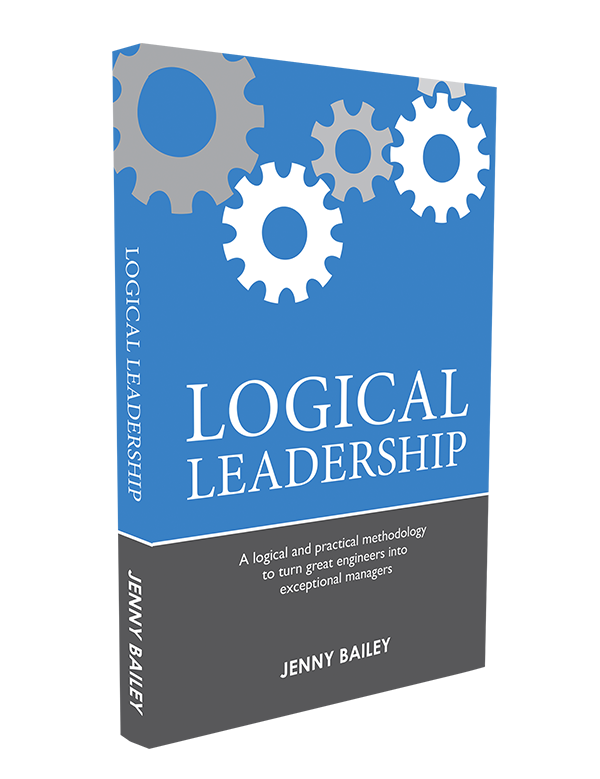The quality of leadership dictates the performance of most organisations — and leadership is a social exercise. After all, organisations are a group of people working together to achieve a shared purpose.
Leadership can be particularly challenging in the engineering sector because most people are attracted to organisations so that they can work with tangible things — and they are not particularly people-oriented. I have never heard an engineer say that they were going to study psychology… but did engineering instead! Engineers who can do leadership are rare, I describe them as ‘Leadership Gold’.
The Logical Leadership series is designed to help engineers be great leaders without being charismatic, naturally empathetic or intuitive. Logical Leadership is more like a ‘to-do-list’ or a process to follow when you are managing people. Get these steps right and you will meet the 80:20 rule of good leadership. No need to read the millions of books available out there on leadership!
The Logical Leadership Model includes:
- Understand the work
- Align roles
- Right person right role
- Solve problems
- Fool proof delegation
- Meaningful meetings
Understand the work
Although it might sound blindingly obvious, it is essential to understand the work that your team is required to deliver to be successful in your role.
Understanding the work includes:
- What is the output that your team is required to deliver? (eg, strategy plans, a functional drainage system or an underground rail system)
- How are you going to: a) measure success (lag indicators); b) identify lead indicators so you can measure your progress to success? (Eg, strategic plan that meets needs of CEO, drainage system which contains a 1 in 5 year flood or a functional rail tunnel that carries millions of passengers each year.)
- Identify what work is required to achieve the required output. (Eg, strategic planning, monitor, planning, repairs and replacement of drains, or all of the millions of steps required to deliver a rail tunnel.)
It is only when you, as the manager of the team, have identified the work that you can lead an effective team. Consultation with your manager, peers and direct reports will help improve clarity of understanding of the work required. More on working with your team will be covered in the step on problem solving in the logical leadership model.

